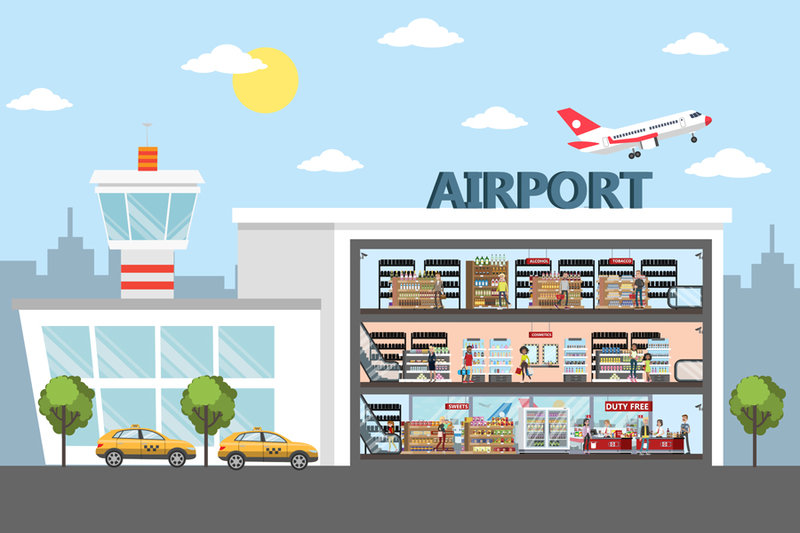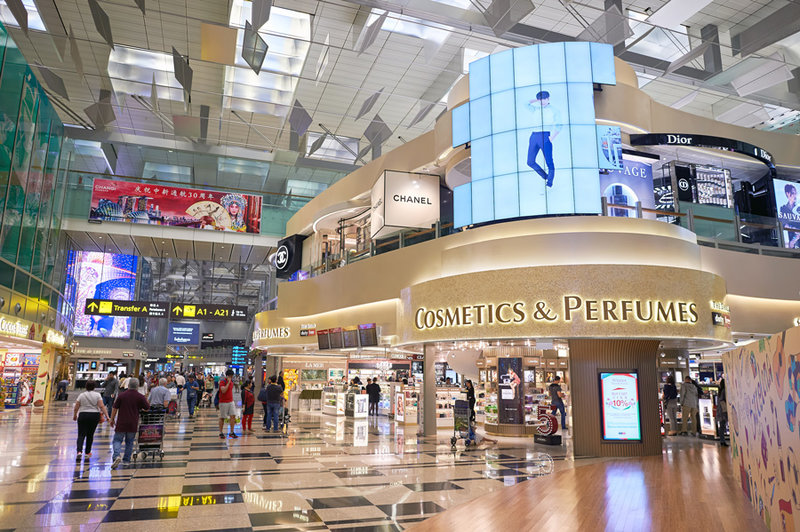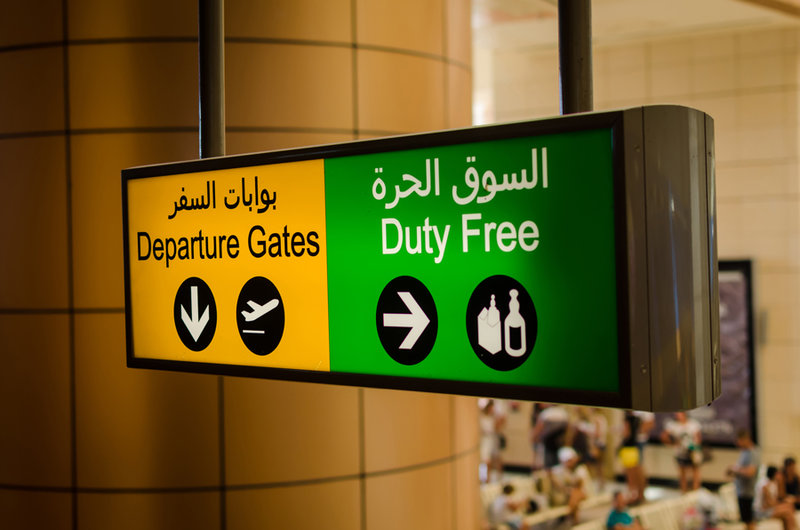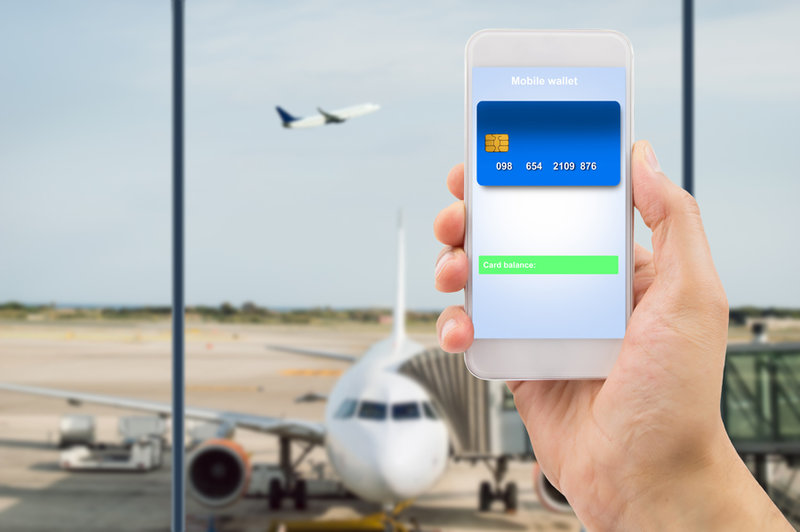Retail
Come buy with me: airport operations as a driver of revenue growth
What is the difference between a city and an airport? Making the distinction is actually harder than you’d imagine. Here, airport practice leader at Genetec David Lenot explains why airports should start focusing on making their passengers happy in a bid to boost retail revenue
C
ities are sprawling metropolises made up of infrastructure, business, commerce, operations and consumers.
And that is exactly the same as an airport.
Today, an airport is a place where people might go for work and for leisure. It’s a place where many businesses are based, equipped with police forces, medical facilities and other emergency services. It’s a fundamental hub of government operations and it’s full of shops and restaurants.
Aside from the fact that airports aren’t designed as a place for people to live, there are now many similarities between a city and an airport – and modern airports are increasingly breaking down that last barrier. One such example is Istanbul New Airport, which is now the largest in the world, neighboured by over 1,700 acres of houses, offices and hotels.
Caption.
Image courtesy of
The new aerotropolis: an engine for growth
Airports have become such an influential part of modern society and commerce that the old concept of the Aerotropolis – the idea of the multimodal ‘airport city’ coined in the 1930s – has resurfaced over the past few years. Of course, the idea has been modernised somewhat since Nicholas DeSantis drew a skyscraper rooftop airport in the middle of a city, but there certainly has been a shift away from seeing airports as just a place where planes come and go. Now, urban centres view them as a real engine for growth and commerce.
It is one thing to be conscious of the level of growth that airports are capable of, and a whole other to consider what actually needs to be done on the operational side of an airport to maximise revenue. And that is where things are far more complicated than in a regular city. This is because, while there are many different operations working in their own interests, they are all feeding into the airport’s ecosystem – nothing is working in isolation.

Image courtesy of
The vast majority of airports in major cities aren’t working in a bubble either. London’s busiest airport is Heathrow, but within 70 miles are Stansted, Gatwick, Luton and London City, all as alternative options. Many of these have the same destinations from the same airlines at similar prices.
Competition, therefore, isn’t just driven by which airports have the best routes or prices, but which deliver the best traveller experience. Many variables including ease of parking, time spent getting through security and the range of retail and food outlets all factor into this equation.
Competition is now driven by who delivers the best traveller experience
Chasing the non-aeronautical revenue
Since the mid-1990s, air traffic has risen by 250%. With so many more people going through airports for business or leisure (an average of 213,668 passengers go through Heathrow every single day), it’s no surprise that retail has become such an important part of the experience. Increasingly, airports are growing reliant on non-aeronautical revenue and retail plays a key part in that.
But it’s not enough to just stick a load of shops in the departure lounge and call it a day. The entire journey of a passenger, from arrival and check-in to going through security, should be rethought to make it as smooth and uninterrupted as possible. The sooner a passenger reaches the departure areas, the sooner they relax and start spending. A passenger that is flustered by an arduous check-in procedure is not one who will want to spend money, reflected by the fact that every ten minutes spent at security translate to 30% less money spent in retail outlets and restaurants.

Image: Sorbis / Shutterstock.com
And these are passengers who are willing to spend money. With the allure of duty free, many passengers will make big ticket purchases at an airport, whether that’s on a new laptop or a luxury handbag, because they know that they are getting good value for money. Making sure that those passengers are happy will put them in a better frame of mind to spend. One such example of an airport that makes the most of its retail potential is Zürich, which sees a little under 40% of its revenue coming from retail ($109.31m in 2017).
It’s not enough to just stick a load of shops in the departure lounge and call it a day
A holistic approach
The answer to making that process as efficient – and profitable – as possible is threefold: resilient infrastructure, smart planning and investment in technology.
In 2016, the industry saw a $9bn spike in IT spending at airports to implement more self-service check-in and bag-check points in terminals, along with a greater focus on mobile technology to help maximise passenger efficiency. Newer technologies such as sensors, drones, digital tags, near-field communication, wearables and cloud services are also coming into play to give airports more information than ever before and allowing them to communicate more effectively with passengers, even in the face of disruption.

Image courtesy of
Minimising the impact of disruption is vital to ensuring passenger happiness. Obviously there is no way to avoid disruption altogether, but taking measures to remove obstacles and improve passenger flow will help to moderate its impact.
This is recognised by airports, with 59% saying that passenger happiness is their most important driver for investment. Airports are asking how they can enhance the passenger journey and how they can disrupt common practice to improve the experience.
Minimising the impact of disruption is vital to ensuring passenger happiness
Passengers are more empowered in dictating profits
In the future, biometrics will play a greater role, with single-token passenger processing being one of the key major developments. What this concept means is capturing passenger biometrics and travel details into a single digital record which acts as boarding pass and passport – all in a fingerprint or a glance at a camera. These aren’t farfetched ideas, with a great deal of people already using biometric identification for their mobile phones. These technologies will extend into other aspects of modern life and airports would be wise to take advantage of the benefits to efficiency they bring.

Image courtesy of
For now, it is clear that a successful airport is no longer just a transportation hub. No longer is customer satisfaction solely graded by getting passengers to their destination on time and in one piece. Airports rely an ever growing amount on the money brought in by everything other than the flights, meaning that passengers are more empowered in dictating profits. Make them happy, and they’ll spend money – it’s a simple process in theory, but a bit more complicated in practice.
Much like the thriving metropolis, an airport will start to flourish when the flow of people, vehicles and goods is maximised for optimal efficiency. A successful airport will know that efficiency driven by technological innovation is the key to seeing happiness – and profits – soar.
An airport will flourish when the flow of people, vehicles and goods is maximised for optimal efficiency